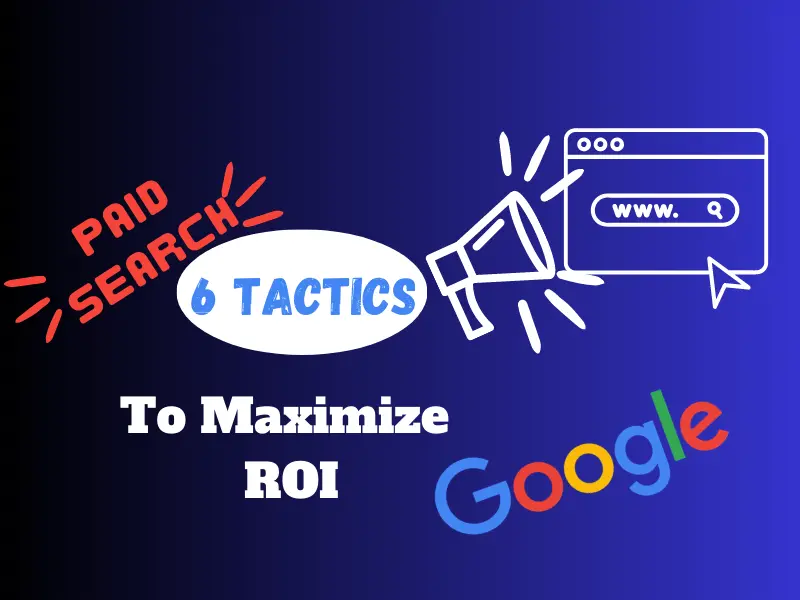In this article, we will cover the basis of Marketing Mix Modeling:
1. What is Marketing Mix Modeling (MMM)?
2. Differentiating from Multi-Touch Attribution
3. The process of creating a media mix model involves four stages
4. Selecting a Marketing Mix Modeling Vendor
What is Marketing Mix Modeling (MMM)?
Marketing Mix Modeling (MMM) is a statistical analysis technique that aims to measure the impact of each marketing activity on different channels. It focuses on quantifying the effects of advertising, pricing, PR, sponsorships, and other marketing elements to understand their influence on revenue generation.
Advancements in statistical methods and artificial intelligence have made MMM more accessible and efficient in recent years.
Analyzing Marketing Channels and Impact
MMM utilizes an analytical approach and historical data spanning 2-3 years to distinguish the success factors and quantify the revenue impact of individual marketing elements. Moreover, it takes into account external factors such as seasonality, promotions, economic/market conditions, and other influences that affect customer behavior.
Categorizing Factors
Factors that may affect the marketing mix can be categorized into: incremental drivers, base drivers, and other drivers. Incremental drivers refer to business outcomes generated by paid marketing activities, while base drivers are outcomes achieved without any advertisements, usually due to brand equity. Other drivers are related components of baseline factors, measured over a period of time.
Differentiating from Multi-Touch Attribution
Marketing mix modeling differs from multi-touch attribution in that it doesn’t operate at the individual consumer level. Therefore, the loss of personalized data resulting from the demise of third-party cookies will not have as significant an impact on marketing mix modeling.
The process of creating a media mix model involves four stages
Stage 1: Data Collection
To create a media mix model, it’s necessary to collect historical data on marketing activities, external factors, and non-marketing sources. This information needs to be aggregated from all sources before the modeling process can begin.
Stage 2: Modeling
Most media mix modeling software uses multi-linear regression analysis, where a dependent variable or business outcome, such as sales, is set. The modeling process is most effective for analyzing online channels.
Stage 3: Analysis
Once a model has been designed, it can be analyzed to obtain actionable insights. Each channel’s impact on the business outcome can be evaluated, and campaigns can be ranked based on their efficiency. The more sales an activity generates, the more effective it is.
Stage 4: Optimization
The final stage of media mix modeling is using the results to improve the current media mix if necessary. Simulation exercises or a “what-if” analysis can help predict outcomes and select the best tactics to achieve the expected revenue.
Additionally, media mix modeling can be combined with other analytics approaches, such as customer profiling tools, to create a more personalized customer experience.
Selecting a Marketing Mix Modeling Vendor
Now that you have a better understanding of what marketing mix modeling entails and the benefits it offers, you’ll need to choose a vendor to handle the modeling unless you have an in-house statistical analysis expert. During the research and consideration stage, you’ll need to ask critical questions to ensure you make the right choice.
- What kind of support is available for data collection?
- How accessible is the team for questions or concerns?
- Is training provided on the modeling approach and how to use it?
- Will support be provided after the engagement is over?
With so many potential partners to choose from, it can be overwhelming to navigate the various approaches and ideas being offered. However, it’s important to stay focused on your own goals and retain what has worked well for you in t
he past. By asking the right questions and seeking out supportive partners, you can set yourself up for success with marketing mix modeling.

Conclusion
When done correctly, Marketing Mix Modeling (MMM) can simplify your marketing mix through data-driven optimization. By utilizing statistical data, MMM eliminates the need for guesswork in marketing activities, resulting in increased return on investment (ROI) by allocating budgets more precisely and accounting for seasonal and channel-specific factors accurately.
Now that you’ve learned about Marketing Mix Modeling, you may want to learn more about Propensity Modeling.




Pingback: What is Propensity Modeling? The Ultimate (Easy) Guide
Pingback: Amazon's Low Cost per Result (CPR) - An Explanation
Pingback: Can Performance Marketing Alone Fuel Your Brand's Growth?
Pingback: Can Performance Marketing Alone Fuel Your Brand's Growth?